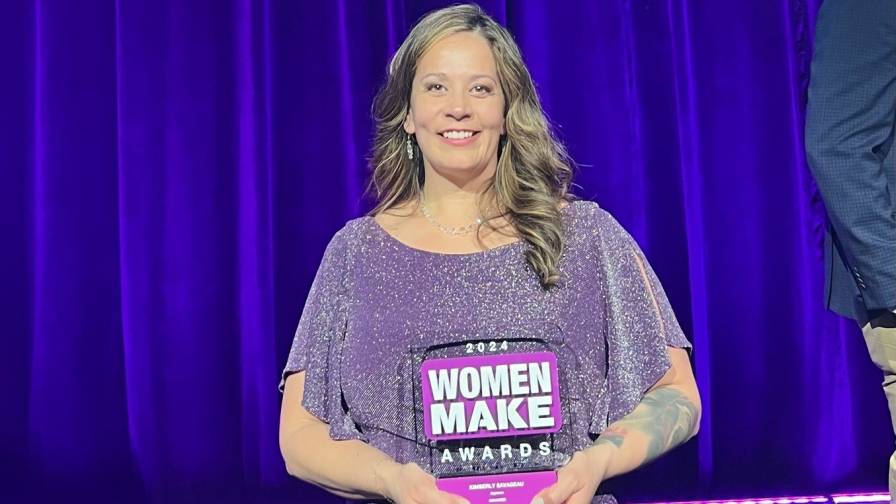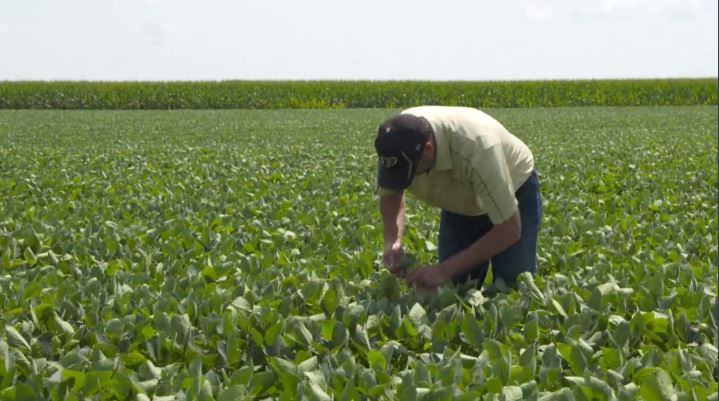Crop Protection Fares Well in ’21, with a Caveat
According to the 2021 CropLife 100 survey, the crop protection products category has, thus far, fared very well. Ag retailers registered the strongest growth in herbicides, with 76% claiming sales were up in the segment. Three-quarters of respondents said fungicides increased, while 69% said fungicides rose. Declines for each of the three categories were posted by fewer than 15% of respondents.
From a “top-down” company sales perspective, all indications are for a strong 2021 performance with all key companies including Syngenta, Bayer, BASF, Corteva, FMC, and ADAMA posting solid results for the first half, according to U.K. market research firm Kynetec.
Company performance in the first half of 2021 benefited from an improvement in crop protection product price at farmgate level, an increased in-crop area and generally favorable weather conditions globally, according to Kynetec Principal Consultant Bob Fairclough.
However, the second half of the year is full of caveats. A spike in the price of raw materials and the filling of channel inventories has created, to some extent, a “wait and see” approach for what would normally be Q3 orders into Q4.
Those Q4 orders are now, however, subject to the very real specter of a global shortage of supply as China’s “dual controls” on energy consumption policies start to have meaningful impact on output, Fairclough said, noting: “The substantial manufacturing bases within the provinces of Jiangsu and Yunnan for instance — both being situated in the red zone — are likely to see an ever-increasing restriction on energy provisions into Q4. Already in Yunnan, yellow phosphorus production in September reportedly has been reduced by 90%. This tightness of supply will feed through to the remainder of 2021 and into early 2022.”
As Phil Krieg, Agronomy Service Representative at Syngenta tells CropLife®, echoing many others: “I’ve been in the business since 1977, either working in retail or with Syngenta. I’ve never seen a time when chemicals were short. This is historic.” His take-home message: Plan early. Do not under-plan on the assumption that all will work itself out in the end.
Mark Wayland, Senior Brand Manager with Helena Agri-Enterprises, warns supply will be “touch and go” on several of its auxin chemistries. However, he remains optimistic about the company’s ability to supply its customers thanks to foresight and early production efforts.
“There is a lot of uncertainty with not only supply, but pricing and wanting to lock down some of their (herbicide) orders, as many people expect prices to continue to increase,” Wayland shares with CropLife.
David Li, Business Manager with Beijing-based SPM Biosciences, told sister publication AgriBusiness Global in late November: “All (agrochemical) product pricing is increasing sharply. In the next six months, there is a high possibility for a supply shortage and extremely low production rates. And China is facing a new round of COVID-19. The controlling of the pandemic is a top priority for the success of coming events. A disruptive supply chain could make medium or small-scale distributors struggle during the next season. Due to the relatively high safe inventory in different markets, generic products from multinational companies could be an alternative choice to guarantee the planting of 2021-22 season.”






